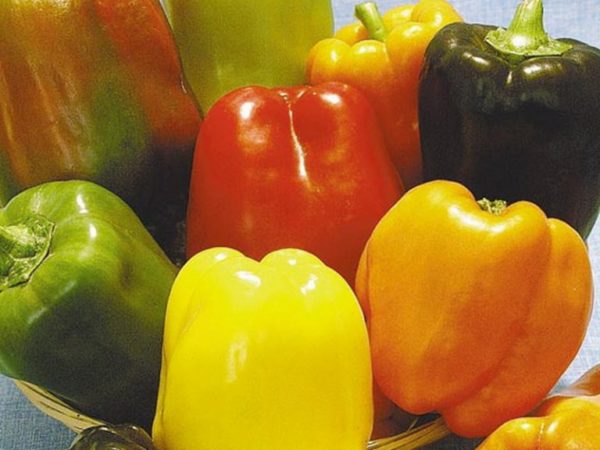
"Star of the East" is a group of hybrid sweet pepper varieties developed by the Moscow selection agricultural company "SeDeK". They are united by high productivity indicators, the ripening period and other characteristics. Varieties vary in color from natural to the most exotic.
The varieties got their name due to the fact that the peppers in the section have the appearance of a star. Hybrids of this group are close to ideal. "Star of the East" - a great success for breeders
Content
Description and specifications
Peppers of these varieties have a beautiful appearance, large size, fleshy juicy flesh with a wall thickness of up to 1 cm. The weight of cuboid fruits can reach 400 grams. They taste sweet, the texture of the pulp is dense.
The only drawback is the need to tie up large spreading bushes, which can reach a height of up to 90 cm.
Common advantages of the breeding group:
- high productivity;
- early ripening;
- good safety during transportation;
- disease resistance;
- pleasant taste and the possibility of universal use;
- presentation of the fruit: saturated color, glossy surface, large size.
The entire line of the group includes 12 varieties, which have some differences in characteristics. The fruits of each variety have their own color.
Characteristic features of the varieties:

Growing Features
These varieties can be grown in open ground, under film shelter or in greenhouses. Seedlings are planted in the ground. Seeds for seedlings are prepared in late February or early March.
Seed preparation
In autumn, the seeds are extracted from good quality ripe fruits, washed with running water, dried on a napkin. In order to select a viable seed material with good germination, it is placed in a warm saline solution of 40 g / l for 10 minutes. Only seeds sinking to the bottom are selected.
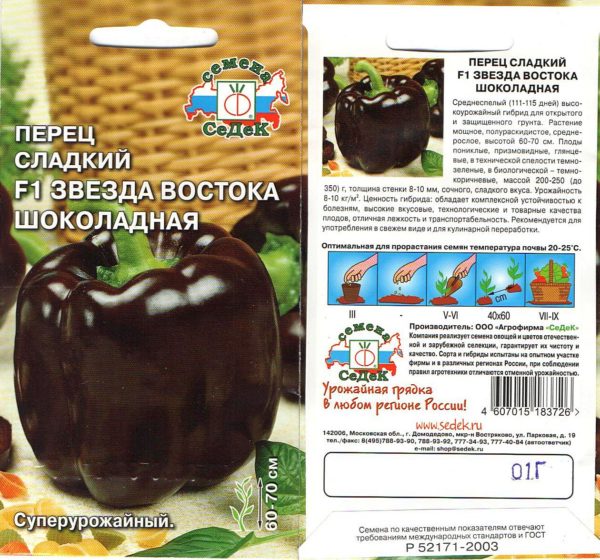
Immediately before planting, the seeds must be warmed up, for which they are placed in a cloth bag and immersed in hot water (40-50 ° C) for 2 hours, then put on a damp cloth and left in a warm place until the sprouts appear.
To accelerate germination up to 5 days, you can process the seeds in stages in two solutions:
- The first stage is to soak for 12 hours in a solution of 1 tbsp. Heated to 50 ° C. tablespoons of ash, boric acid (at the tip of a knife) and 1 liter of water. Rinse with running water after treatment.
- The second stage is to wrap the seeds in tissue and soak for a day in an aqueous solution of Agricola Vegeta (1 tsp / 1 l) heated to 26-28 ° C.
If you use commercial pelleted seeds, with a shell made of an organic-mineral nutrient mixture, they must not be soaked and processed before planting so as not to wash off the coating.
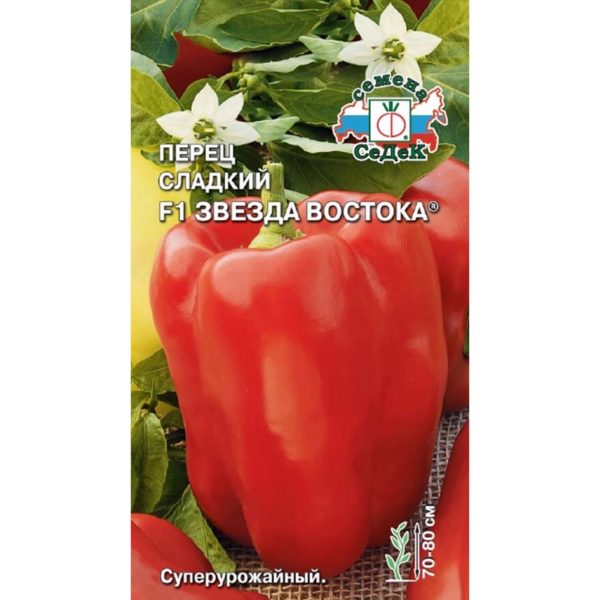
Growing seedlings
Germinated seeds are planted in plastic cups or special forms for seedlings. The main thing is that there should be holes in the bottom for water drainage. You can use the purchased soil mixture or prepare it yourself. It should be loose, light and nutritious.
Soil options:
- 1 part sawdust, 2 parts peat, 2 parts humus;
- 1 part humus, 1 part peat;
- 2 parts humus, 1 part sand, 1 part land, 1 tbsp. a spoon of ash;
- 1 part peat, 1 part compost, 1 part land, 1 glass ash.
The soil level in the molds should be 2 cm below the edge. Humidify the earth, make holes with a step of 2-3 cm to a depth of 1 cm, spread the seeds in them. If possible, each plant should be planted in an individual cup.Then sprinkle the holes with a layer of earth (1 cm), cover with a film, ensure the room temperature is not lower than 20 ° C. Watering is necessary as the surface dries. When sprouts appear, it is better to rearrange the seedlings in a cool place (15-17 ° C).

3-4 weeks after planting, when the first 2 leaves are formed, the seedlings are transplanted into large containers (dive). Plants in individual cups do not need to be dived.
Every two weeks, seedlings must be fed with an aqueous solution of fertilizer, for example, Agricola (25 g / 10).
Transplant to the ground
The transplant should begin when the first buds appear in the plants. Suitable soil - chernozem, loam, sandstone. Landing is best done on a cool day or in the evening. The earth must be warmed up to 15 ° C.
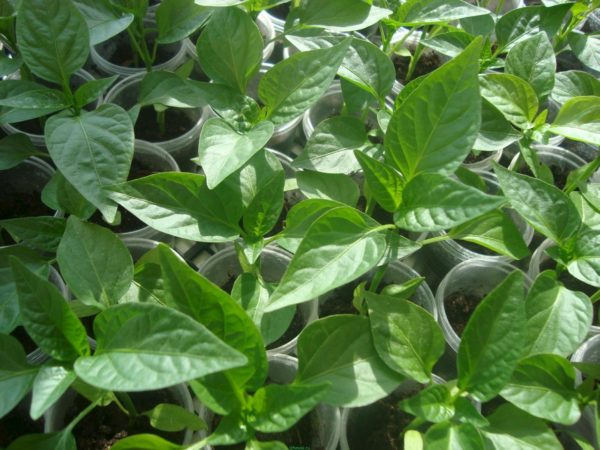
Landing sequence:
- Dig up the soil, form beds, make holes at a distance of 56-60 cm from each other, add humus or compost to the holes.
- Remove seedlings from the mold together with an earthen lump, distribute into the holes. The root neck of the plant should be at the level of the surface of the beds.
- Fill the hole halfway with earth, pour plenty of warm, settled water (at least a liter), add a second portion of the earth.
The next day, the bed can be mulched with dried lawn grass to better maintain moisture in the soil and obscure the roots.
Further care consists of the following steps: regular watering, timely top dressing, tying bushes. On hot days, you can create artificial shade for plants using special tents, the greenhouse should be ventilated. It is better to water in the morning or in the evening without spraying the roots.
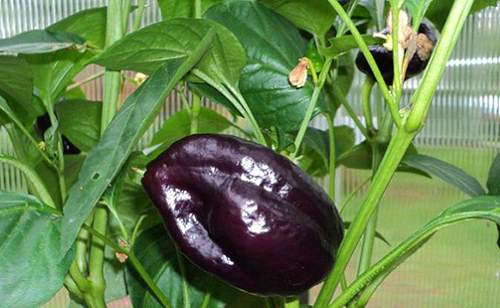
Disease prevention
Plants of this line of varieties are resistant to disease and with proper care do not cause trouble. It is necessary to periodically loosen the soil in the hole, make sure that the root part is covered. Watering should be done regularly, but as needed. In damp weather, water should be watered moderately or not at all.
In the case of decay of the root part of the plant, it should be removed, and the soil should be treated with a solution of 3% copper sulfate.
To prevent pests (aphids, ticks) from planting, plants should be planted in clean, healthy soil. Processing of plants with dry mustard or ground pepper and loosening saves from slugs.
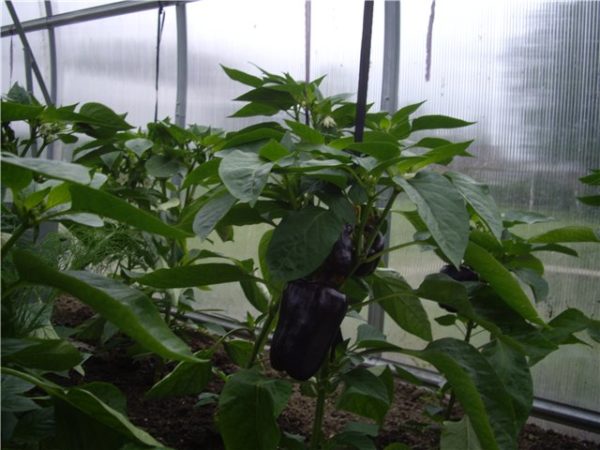
Harvesting
Peppers are suitable for use at the stages of technical and biological maturity, therefore, formed large fruits can be removed before they reach varietal color. This will allow the plant to use forces to ripen all the ovaries. Peppers tend to ripen during storage. Each bush of "Stars of the East" is able to produce an average of 12 fruits.
The purpose of the fruit
Selection allowed to develop hybrid varieties for universal use. Peppers from the series “Star of the East” are sweet, have no aftertaste of bitterness.They can be consumed in kind, added to salads, soups, fries, stuffed, used to make canned vegetable caviar or lecho.
Fruits are subject to long storage. Until the next harvest, they can be stored frozen or dried. However, they do not lose vitamins and taste.
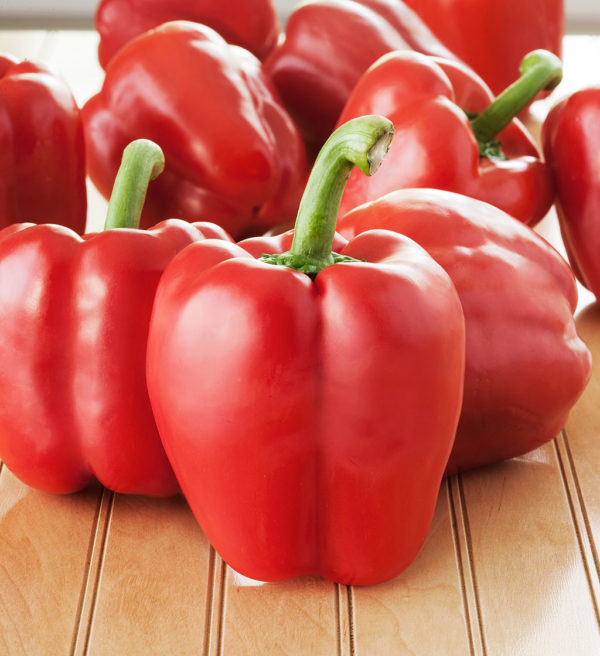
Reviews of summer residents
Amateur gardeners very well received hybrid varieties "Star of the East." They praised the yield and early fruit ripening. It is noted that the fruits have time to ripen in the open ground, and do not require growing in greenhouses. With good care, it was possible to obtain up to 20 peppers from the bush.
Summer residents respond well to the taste of peppers, note the long-term preservation of the crop. Among the shortcomings, it was noted only that the branches do not withstand the load of the fruit and break. The seeds of these varieties are in high demand among vegetable growers.




 Calorie pepper stuffed with meat and rice - BZHU per 100 grams
Calorie pepper stuffed with meat and rice - BZHU per 100 grams Gorky pepper - the best varieties for open ground
Gorky pepper - the best varieties for open ground Hot pepper seeds - the best varieties for open ground and reviews
Hot pepper seeds - the best varieties for open ground and reviews Capsicum tincture for hair - how to use and reviews
Capsicum tincture for hair - how to use and reviews